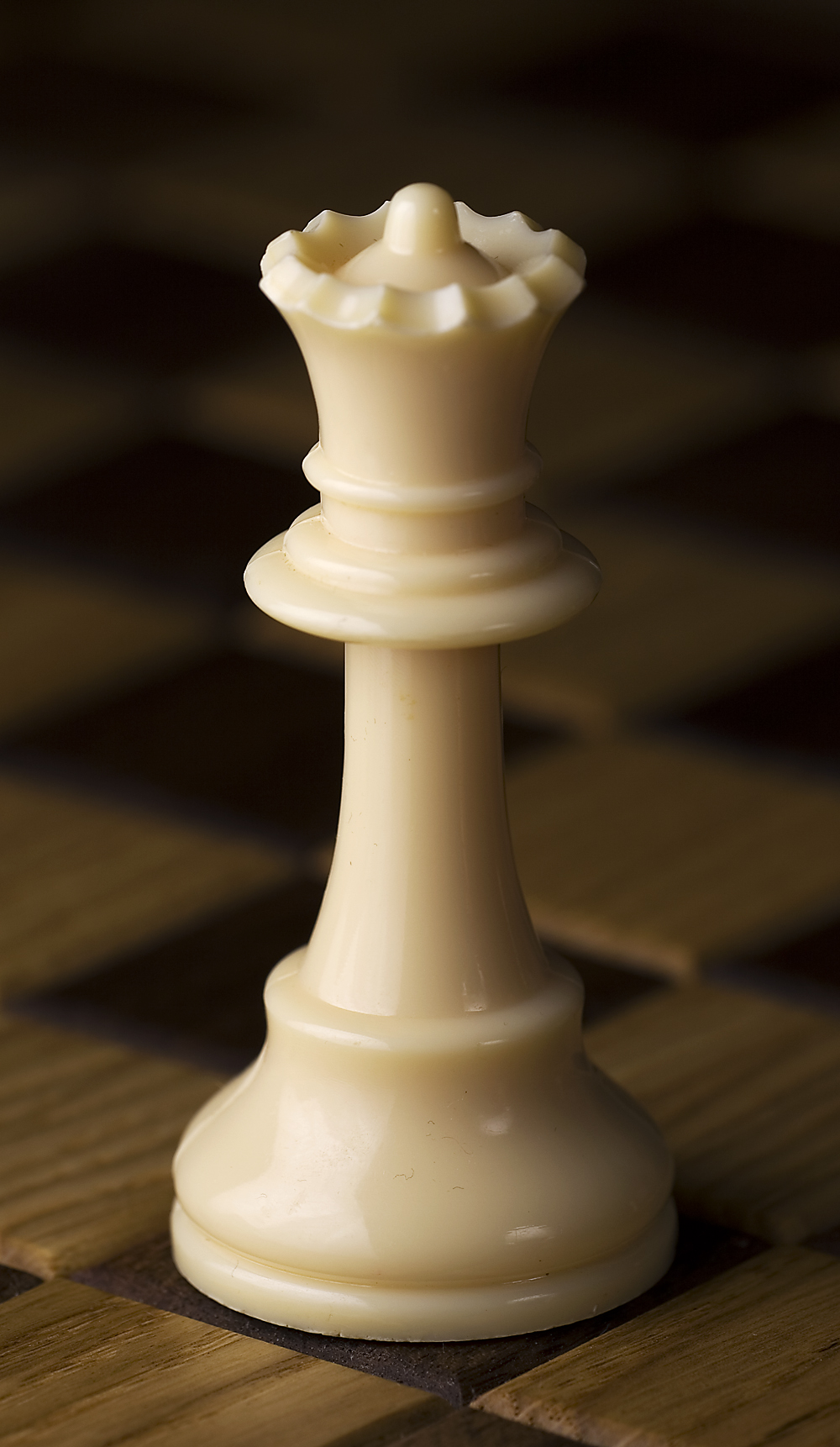Chess 101
- Introduction to Chess
- Rules of the Game
- Tactics
- Strategy & Planning
- Advanced Endgame Techniques
- Planning & Execution
- Notable Games Analysis
- Chess Psychology
- Training & Improvement
Advanced Endgame Techniques
Mastering Queen Endgames in Chess

Chess piece, able to move any number of squares vertically, horizontally or diagonally.
The queen, being the most powerful piece on the chessboard, plays a crucial role in the endgame. Understanding how to maneuver the queen effectively can often be the difference between a win and a draw, or even a loss. This article will delve into the intricacies of queen endgames, covering key positions, strategies, and techniques.
The Power of the Queen in the Endgame
In the endgame, the queen's power is magnified due to the open nature of the board. The queen can control both long diagonals, ranks, and files, making it a formidable piece. It's essential to keep your queen active and central, where it can reach any part of the board quickly.
Key Positions and Strategies in Queen Endgames
There are several key positions and strategies to remember in queen endgames:
-
Queen and King vs. King: This is a basic checkmate pattern that every chess player should know. The strategy is to use the queen to control the enemy king's movement and gradually force it towards the edge of the board, where the king can deliver the final checkmate.
-
Queen vs. Pawn on the Seventh Rank: This is a common endgame scenario where the opponent's pawn is one step away from promotion. The key strategy here is to prevent the pawn from promoting while trying to checkmate the opponent's king.
-
Queen vs. Queen: In these endgames, perpetual checks are common, and the game often ends in a draw. The player who can avoid perpetual check while creating threats against the opponent's king has the advantage.
Understanding Perpetual Check and How to Avoid It
Perpetual check is a situation in chess where one player can continually check the opponent's king, preventing them from making any other move. In queen endgames, perpetual check often leads to a draw. To avoid perpetual check, try to keep your king in a safe position, preferably behind a pawn shield or close to your own queen.
Techniques for Promoting a Pawn to a Queen in the Endgame
Promoting a pawn to a queen is a common goal in the endgame. Here are some techniques to achieve this:
-
Creating a Passed Pawn: A passed pawn is a pawn with no opposing pawns to prevent it from advancing to the eighth rank. Creating a passed pawn is often the first step towards pawn promotion.
-
King Support: The king can support the pawn's advance by protecting it from enemy attacks.
-
Distraction: Use your queen to create threats elsewhere on the board, distracting the opponent from stopping your pawn's promotion.
Mastering queen endgames requires practice and study. Analyzing endgames from master games can provide valuable insights into how to handle these complex situations. Remember, the queen is a powerful piece, but it's the player's skill in maneuvering it that truly makes the difference in the endgame.